Find your winery or vineyard
4 Wineries and Vineyards for sale in Siena
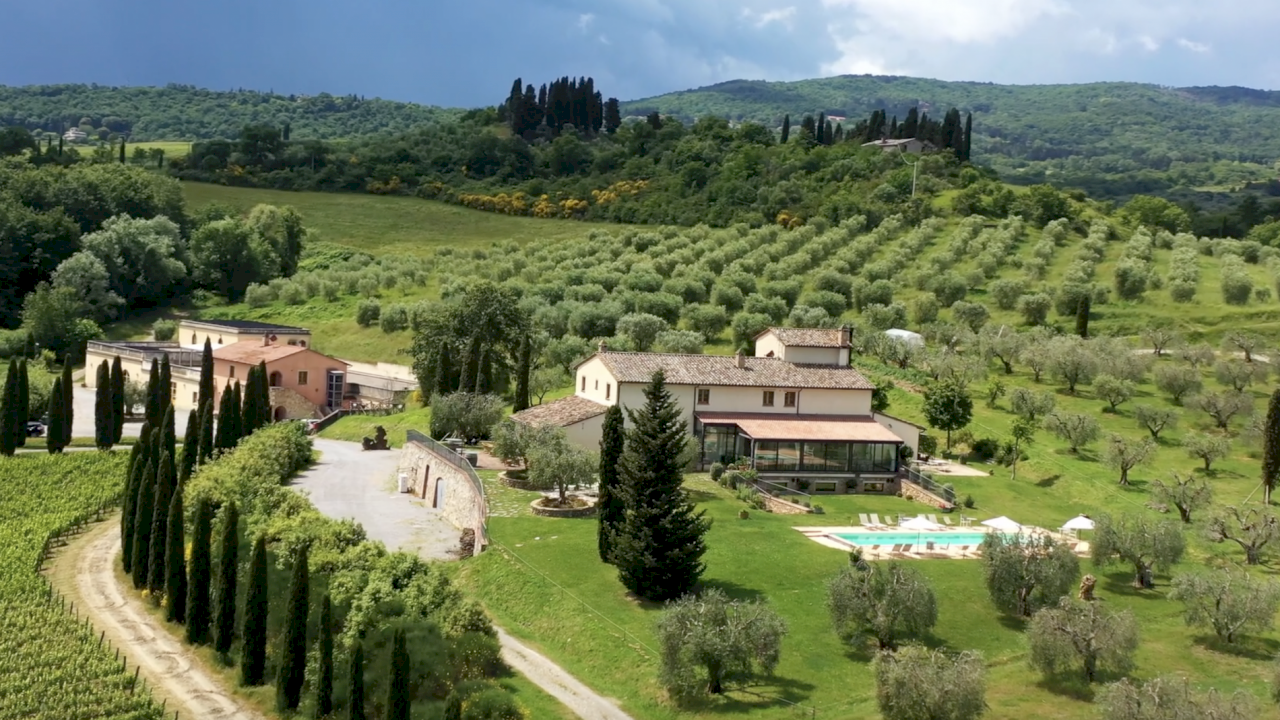
Luxury wine resort with 13 rooms and a modern winery with 27 hectares of vineyards.
SIENA
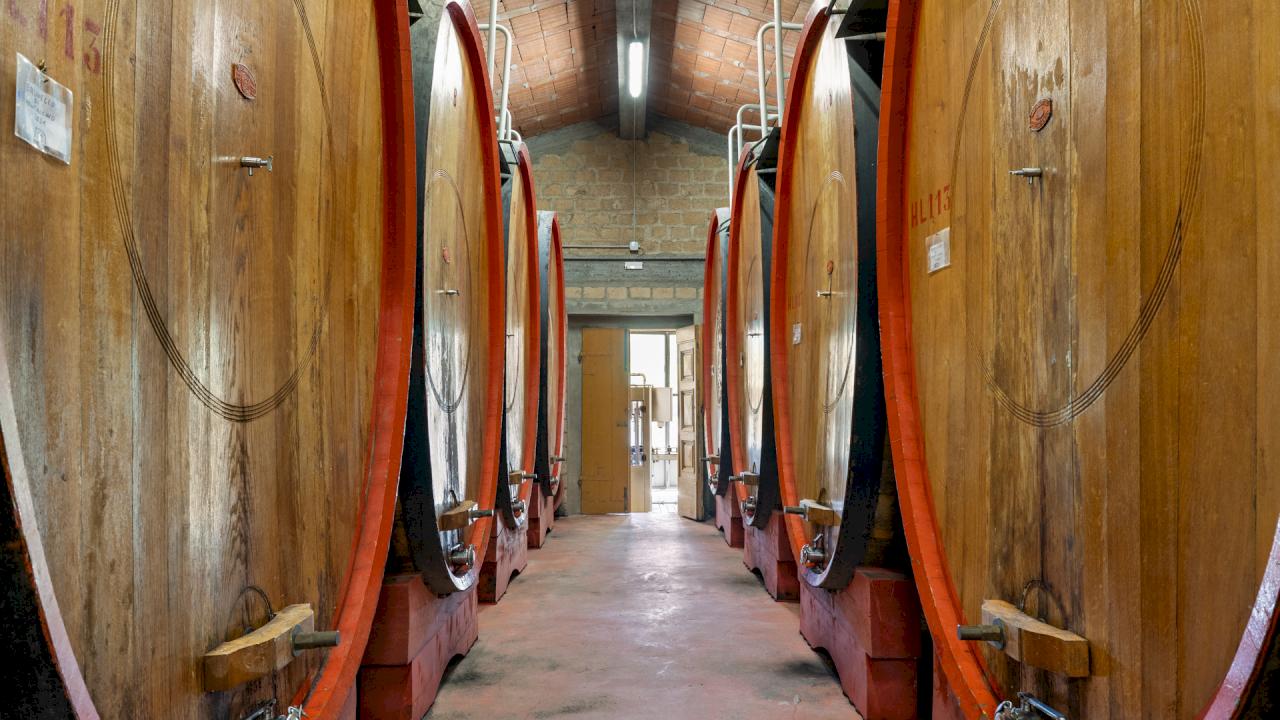
Winery with 15 ha of viñedos in Montalcino and 28 ha in Montecucco.
BRUNELLO DI MONTALCINO DOCG MONTECUCCO DOC
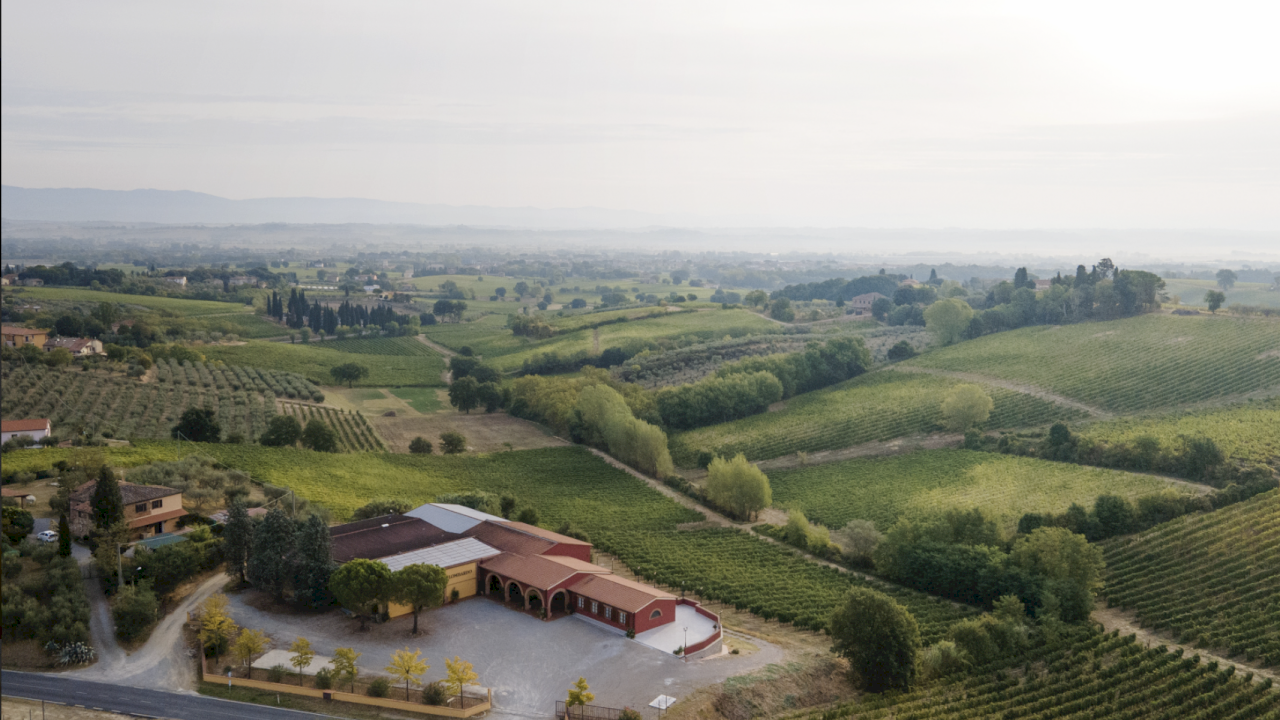
Modern winery of 42.72 HA, 34.80 HA are very well cultivated vineyards and known grape varieties.
VINO NOBILE DI MONTEPULCIANO DOCG CHIANTI COLLI SINESI DOCG
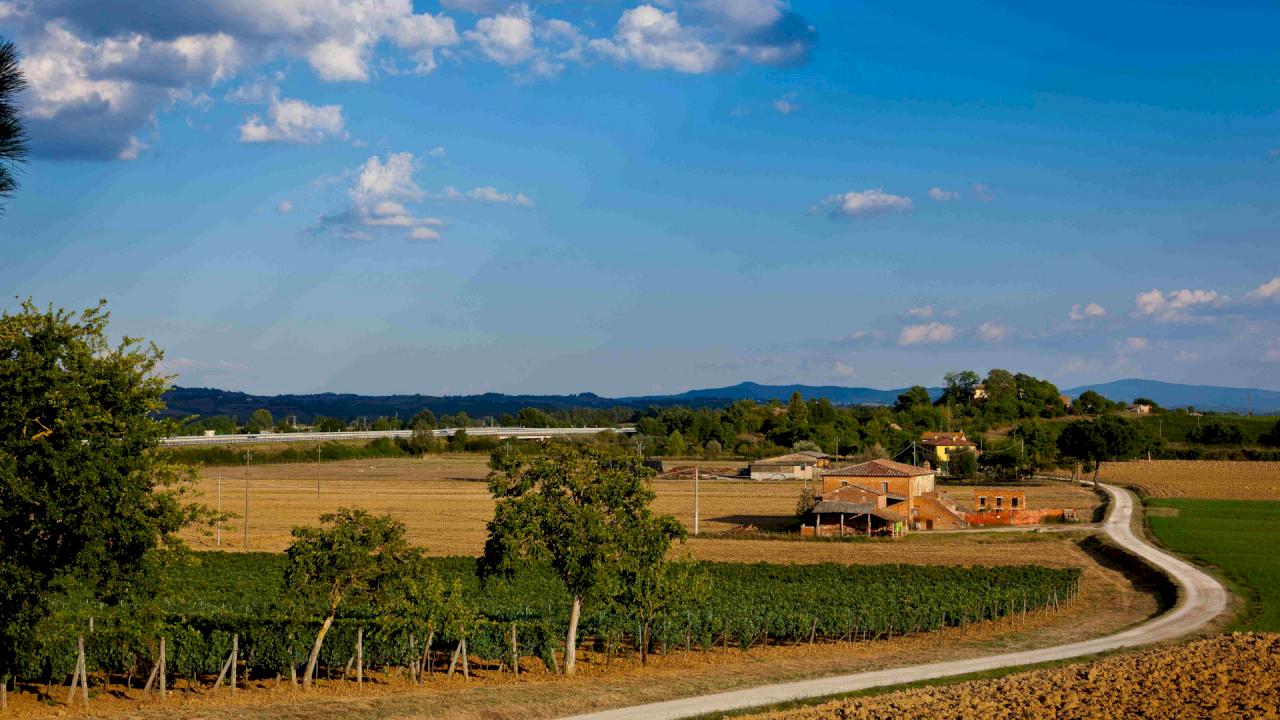
Biodynamic winery with Montepulciano wines.
NOBILE DI MONTEPULCIANO DOCG
Infographic of the Denomination of Origin
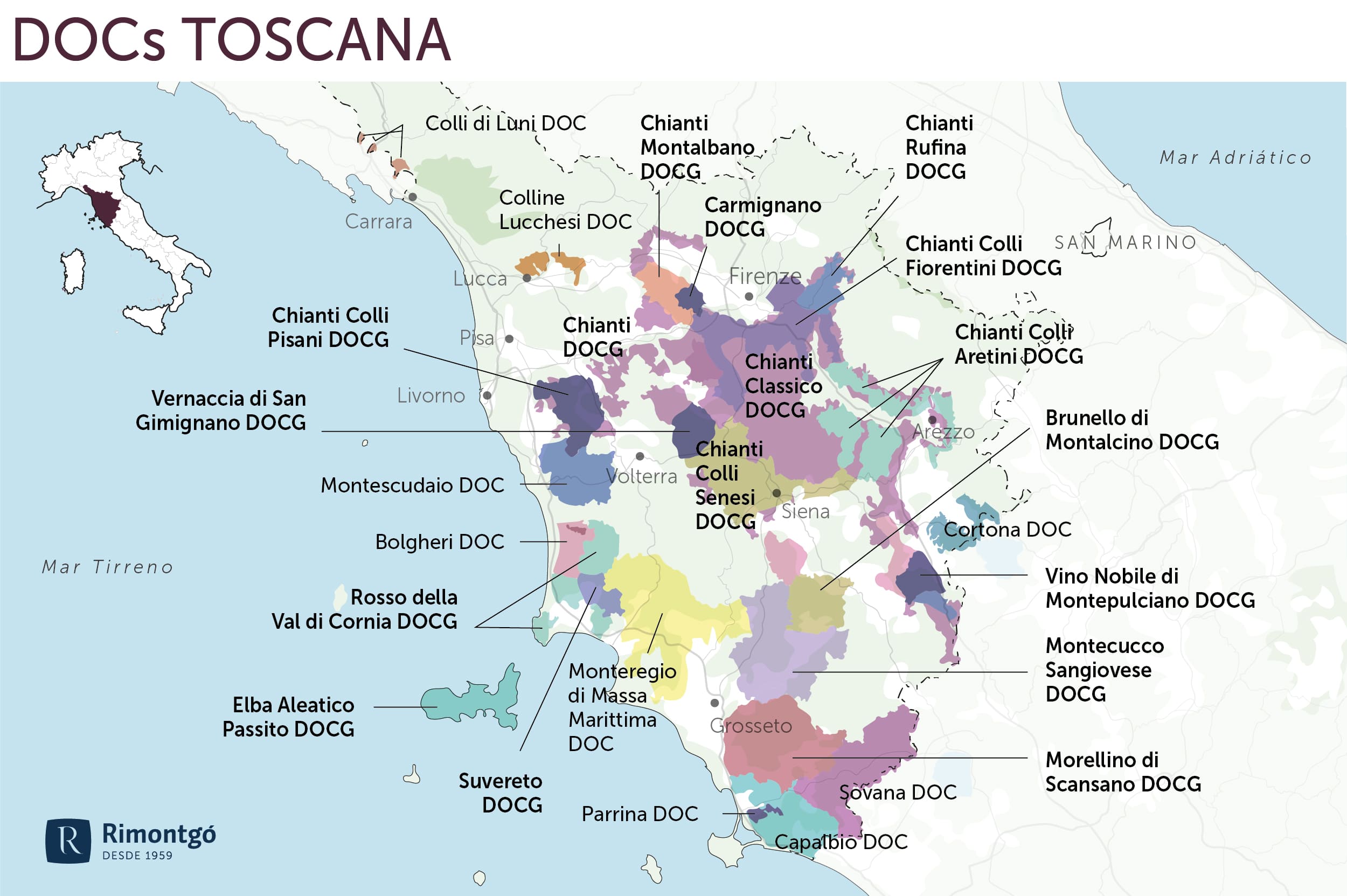
Change to imperial units (ft2, ac, °F)Change to international units (m2, h, °C)
D.O. year of foundation:
1967
Number of wineries (2017):
51
Total surface area:
3.600 ha8.896 ac
Maximum production allowed:
9.000 kg/ha8.029 lb/ac
Altitude of the vineyards:
Min: 120m
Max: 650m
Min: 394ft
Max: 2.133ft
Temperature:
Min: 2º
Max: 31º
Min: 36°F
Max: 88°F
Yearly hours of sun:
2.476
Yearly rainfall:
700 l/m265 l/ft2
Siena
Siena is an Italian city, the embodiment of a medieval city, in the Tuscan region.
According to an ancient legend, Siena was founded by Asquio and Senio, the sons of Remus (brother of Romulus, the mythical founder of Rome), on the three hills that it currently occupies. It is true that during the imperial period it was subject to Rome under the name of Sena Julia. This Roman origin is related to the emblem of the city, the she-wolf that suckled Romulus and Remus.
In reality, Siena, like other hill towns in Tuscany, was first an Etruscan settlement (c. 900 BC to 400 BC), when it was inhabited by a tribe called the Saina. The Etruscan civilization flourished from the 8th century BC and was definitively included in the Roman civilization towards the end of the 1st century BC. Finally, Siena became a self-governing borough and here the influence of the fledgling Republic of Siena began.
In 1472 the Republic founded Monte dei Paschi, a bank that is still active today and is the oldest bank in operation in the world.
HISTORY OF WINE
The first viticulture appeared in Italy earlier, in the south of the peninsula, in the colonies of the so-called Magna Graecia. The wine that the Etruscans inherited from the Greeks was a rather coarse wine, coming from wild plants called “labrusche”. The Etruscans were the first to experiment and develop a different viticulture, with some significant innovations, such as a greater selection of grapes or cultivation with a living stake, as opposed to the stake or dead stake, used by the Greeks.
Wine-growing continued to flourish during the Roman Empire and survived even after the barbarian devastations, thanks to the commitment of the Benedictine and Vallombrosian monks who were the guardians of the secrets of wine for several centuries and who kept alive the traditions that existed until then.
There is also a typical symbol in wine, the Black Rooster of Chianti:
There was a time when the Chianti landscapes were the scene of long and bloody battles, which saw the troops of Siena and Florence clash for territorial dominance. The rival cities decided to take a peculiar diplomatic route. It was established that two knights, representing the two factions, would leave their respective cities at the cock's crow, to mark the territorial boundaries in the exact place where they had met. The strategies adopted were diametrically opposed: Siena chose a white rooster, which it filled its belly the night before the challenge so that it would have plenty of energy in the morning; on the other hand, Florence chose a black rooster, which it left fasting for a long time.
So it happened that on the appointed day the Florentine cock, nervous with hunger, began to crow long before dawn, and the knight of the lily set out long before his Sienese rival. The two met just 12 miles from the city of Siena (at Fonterutoli, near Castellina in Chianti), where peace was stipulated and the borders of their respective domains were definitively defined.
WINES AND WINERIES
The province of Siena is known not only for its history, art and breathtaking landscapes, but also for its fine wines. The winemaking tradition of this region is ancient and rich, and Siena wines are appreciated throughout the world for their quality and unique character. Two celebrated valleys are bathed in vineyards in Siena, the Valle Del Chianti and Valle d’Orcia. Chianti, Brunello di Montalcino and Vino Nobile di Montepulciano are the flagships and are mainly made from the Sangiovese grape. Not all Tuscan wines are red, Vernaccia is the basis of the best known among white wines, the Vernaccia di San Gimignano white wine.
The province of Siena boasts a rich winemaking tradition, with several DOC and DOCG designations that define its territory.
Among the DOCs, an important designation is Colli Senesi DOC, a wine produced within the province of Siena, primarily made from Sangiovese. The San Gimignano DOC is known for its wines, including the famous Vernaccia, as well as other red and white wines from the hills surrounding the medieval town of San Gimignano. Finally, Toscana IGT encompasses high-quality wines produced throughout the region, including Siena, often showcasing native grape varieties.
As for DOCGs, there is Chianti DOCG, which also includes parts of the province of Siena, with Sangiovese as the main grape variety. Siena is particularly known for Chianti Classico DOCG, a restricted area of Chianti that produces top-quality wines, mainly from Sangiovese. Vino Nobile di Montepulciano DOCG is another standout, produced in Montepulciano with Sangiovese, locally known as Prugnolo Gentile. Brunello di Montalcino DOCG represents one of the most prestigious wines, a pure Sangiovese from the Montalcino area. Lastly, Vin Santo del Chianti DOCG, a sweet passito wine, is an excellence of the Chianti area, appreciated for its complexity and sweetness.
Brunello di Montalcino
One of the most prestigious wines from the province of Siena is undoubtedly Brunello di Montalcino, a town located south of the Chianti Classico area, with a drier and milder climate. In the 1980s it was the first wine to obtain the DOCG classification. This red wine, produced exclusively in the Montalcino region, is made from 100% Sangiovese grapes, a local Brunello variety. In the mid-19th century, a local farmer named Clemente Santi is believed to have isolated the Brunello clone and planted it in this region. His grandson Ferruccio Biondi-Santi helped popularize Brunello di Montalcino in the second half of the 19th century. In the 1980s it was the first wine to obtain the DOCG classification. Today there are about 200 growers in the Montalcino region.
Brunello di Montalcino is known for its complexity and longevity. After fermentation, the wine must age for at least five years. Vino Nobile di Montepulciano
Another important protagonist of Sienese viticulture is Vino Nobile di Montepulciano. The first reference to Vino Nobile di Montepulciano dates back to the end of the 14th century and is so called because it was the favourite of the Tuscan nobility back in the 18th century. This area corresponds to the south-eastern strip, bordering the sea and greatly influenced by its Mediterranean climate. This red wine also has a DOCG designation and its wines must have at least 80% Sangiovese (locally called Prugnolo Gentile), with the remainder blended with Canaiolo Nero and Mammolo. Aging takes place for at least two years.
Vino Nobile de Montepulciano DOCG
Another important protagonist of Sienese viticulture is Vino Nobile di Montepulciano. The first reference to Vino Nobile di Montepulciano dates back to the late 14th century, and it is so named because it was a favorite of the Tuscan nobility back in the 18th century. This area corresponds to the southeastern fringe, bordering the sea and heavily influenced by its Mediterranean climate. This red wine also has a DOCG designation, and its wines must contain at least 80% Sangiovese (locally called Prugnolo Gentile), with the remainder blended with Canaiolo Nero and Mammolo. Aging takes place for at least two years.
Chianti Colli Senesi DOCG
Chianti Colli Senesi is one of the sub-areas of the Chianti region, one of the most famous wine regions in Italy. This DOCG red wine is produced primarily from Sangiovese grapes, but can also include other varieties such as Canaiolo, Colorino and small amounts of white grapes such as Trebbiano and Malvasia.
Vernaccia di San Gimignano DOCG
Moving on to white wines, Vernaccia di San Gimignano is one of the white jewels of Sienese viticulture. This DOCG white wine is produced in the homonymous region, a town famous for its medieval towers. Vernaccia di San Gimignano is made primarily from the Vernaccia grape, which has been growing on the hills of San Gimignano since the 13th century. Vernaccia di San Gimignano was the first wine in Italy to receive DOC status in 1966 and later obtained DOCG recognition in 1993, making it one of the first white wines to achieve this prestigious classification.
Rosso di Montalcino DOCG
Rosso di Montalcino is often considered the “younger brother” of Brunello di Montalcino, also called “baby Brunello” but certainly deserving of a mention among the best wines of the area. This DOC wine is also made from Sangiovese grapes, but has a shorter aging period than Brunello, making it fresher and more accessible.
Among the most renowned wineries to visit are Biondi Santi, pioneers of Brunello di Montalcino, Avignonesi, known for its Vino Nobile di Montepulciano, and Fèlsina, famous for its Chianti Classico.
POINTS OF INTEREST
The period of the Republic of Siena was crucial in shaping Siena as we know it today. It was in the early 13th century that most of the construction of Siena Cathedral was completed. Also during this period the importance of the Piazza del Campo grew, as a centre of secular life and a market.
Siena rivalled Florence in the arts throughout the 13th and 14th centuries: the important late medieval painter Duccio di Buoninsegna (1253-1319) was Sienese, and Ambrogio Lorenzetti's mural of the "Good Government" in the Palazzo Pubblico is a magnificent example of late medieval art that already points to the beginning of the Renaissance. Siena was devastated by the Black Death of 1348, and also suffered from failed financial ventures.
Other places of interest in Siena include Palazzo Piccolomini, an example of the Sienese Renaissance. The Pinacoteca Nazionale, housed in the 15th century Palazzo Buonsignori. The Fortezza Medicea, a fortress built for the Medici in the 16th century. The Basilica of Santo Domingo, dedicated to Domingo de Guzmán.
In the province of Siena there are historic towns such as San Gimignano, walled with a silhouette full of 13th century towers, at one time there were 76 and today 14 remain, symbols of the wealth of its former owners. Its Piazza della Cisterna where you can see surprising buildings from the 13th and 14th centuries and its famous ice cream from the Gelateria Dondoli.
Monteriggioni is also a picturesque medieval town surrounded by impressive walls, its narrow streets, its square and its little chapel take us back to the Middle Ages.
D.O./Valle (wine regions)
Discover more wineries and vineyards for sale in these wine regions in Italy
Subscribe to our mailing list to receive news about wineries and vineyards.







